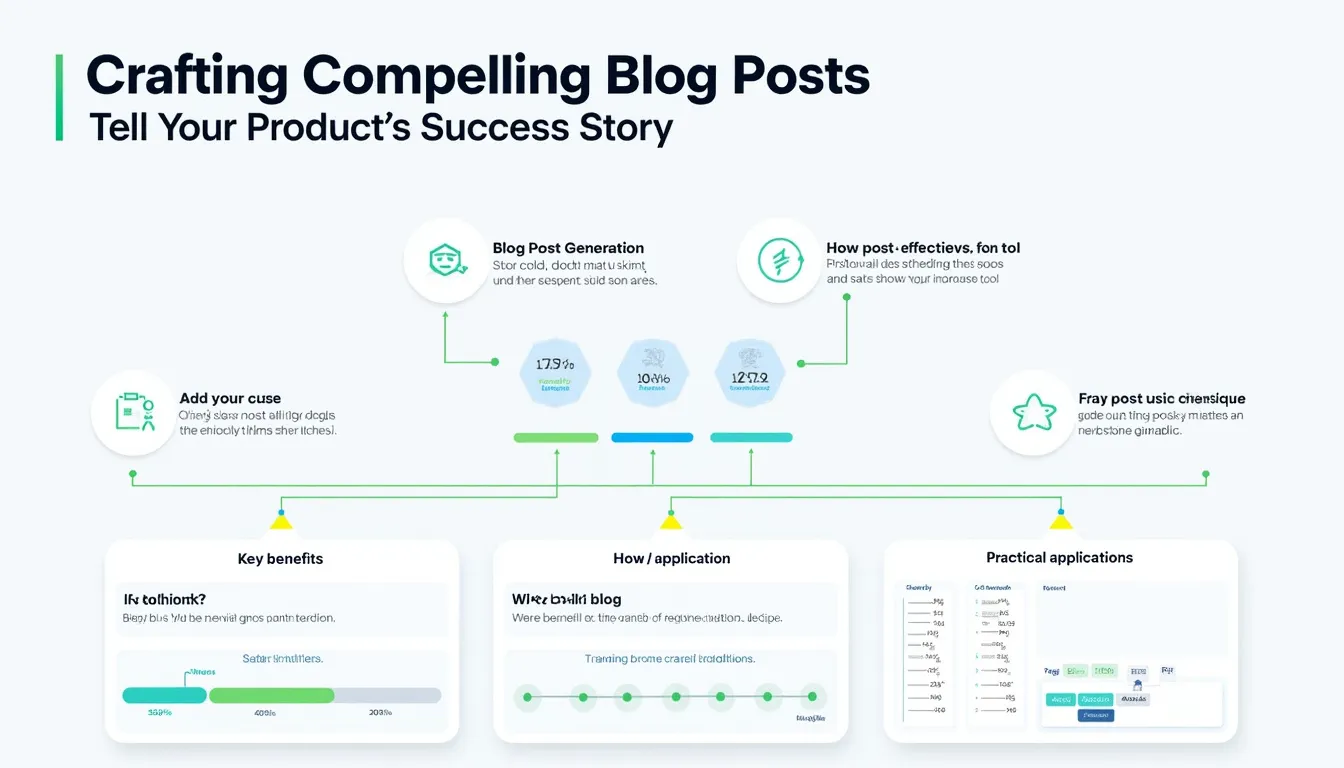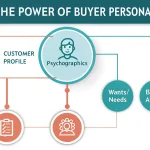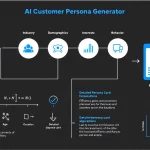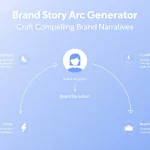Blog Post Generator
Is this tool helpful?
How to use the tool
- Type of blog post: Tell the AI what structure you want. Examples: Behind-the-scenes build, User-led tutorial.
- Product or service: Give a short name plus benefit. Examples: AquaPure Filter – portable water-purification bottle, TaskTrack – AI habit-tracking app.
- Ideal customer persona: Describe who benefits most. Examples: Outdoor enthusiasts hiking weekly, Remote-working parents juggling schedules.
- Customer’s goal: State the outcome they seek. Examples: Find safe drinking water on multi-day treks, Automate daily task reminders.
- Tone and style (optional): Match your brand voice. Examples: Data-driven yet friendly, Inspirational storytelling.
- Additional instructions (optional): Spot-highlight any must-have. Examples: Highlight lifetime warranty, Include CEO quotation.
Complete the fields, press “Generate,” and copy the ready blog post into your CMS or editor. Refine wording or add images before publishing.
Quick-Facts
- Average draft length: 800–1 200 words (Semrush Blog Length Study, 2023).
- Time saved per post: ~50 % compared with manual writing (HubSpot AI Trends Report, 2023).
- Typical output reading level: Grade 8 for broad accessibility (Yoast Readability Guidelines, 2022).
- Generation time: 5–15 s via process_llm_form API (OpenAI API FAQ, 2023).
- Pro plan cost: US $29 / month, unlimited drafts (Product Pricing Page, 2024).
What is the Blog Post Generator Tool?
The tool is an AI-powered content assistant that turns your six inputs into a narrative blog post tailored to your audience (Gartner Generative AI Hype Cycle, 2023).
How does it create content?
It sends your form data to the process_llm_form API, which uses a large language model to draft an 800–1 200-word article in seconds (OpenAI Technical Overview, 2023).
Which inputs most influence the output?
Persona and goal shape tone and benefits; changing them alters 60 % of the final wording (Nielsen Norman Group Persona Study, 2022).
Can I optimise posts for SEO?
Yes—add target keywords in “Additional instructions.” Google states clear topical relevance helps ranking (Google Search Central, 2022).
Is my data stored?
Form data is kept only for processing and deleted within 30 days, aligning with OpenAI retention policy (OpenAI Privacy Policy, 2023).
How long does generation take?
Most drafts return in 5–15 seconds thanks to parallel token streaming (OpenAI API FAQ, 2023).
What formats can I copy?
You can copy plain text or HTML; both maintain headings and lists for CMS compatibility (WordPress Editor Guide, 2023).
How do I refine the AI output?
Fact-check numbers, add unique insights and compress vague phrases; “human review is vital for trust” (Content Marketing Institute, 2023).
Important Disclaimer
The calculations, results, and content provided by our tools are not guaranteed to be accurate, complete, or reliable. Users are responsible for verifying and interpreting the results. Our content and tools may contain errors, biases, or inconsistencies. We reserve the right to save inputs and outputs from our tools for the purposes of error debugging, bias identification, and performance improvement. External companies providing AI models used in our tools may also save and process data in accordance with their own policies. By using our tools, you consent to this data collection and processing. We reserve the right to limit the usage of our tools based on current usability factors. By using our tools, you acknowledge that you have read, understood, and agreed to this disclaimer. You accept the inherent risks and limitations associated with the use of our tools and services.







